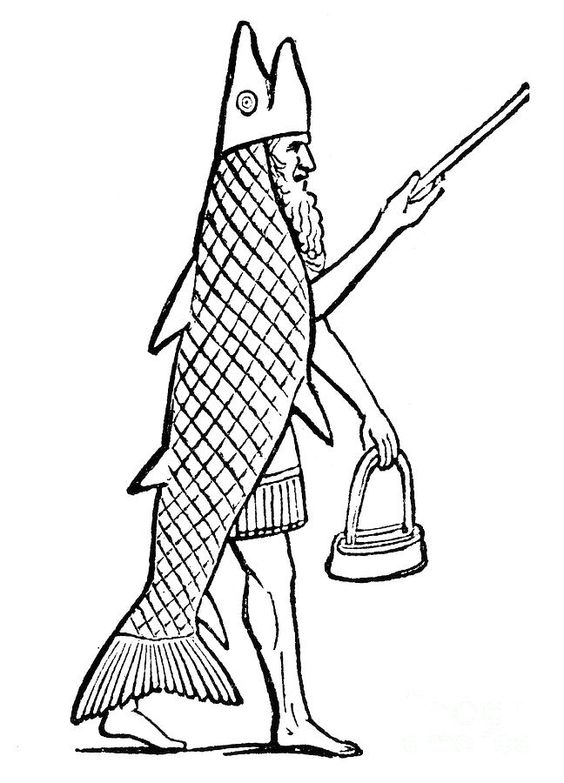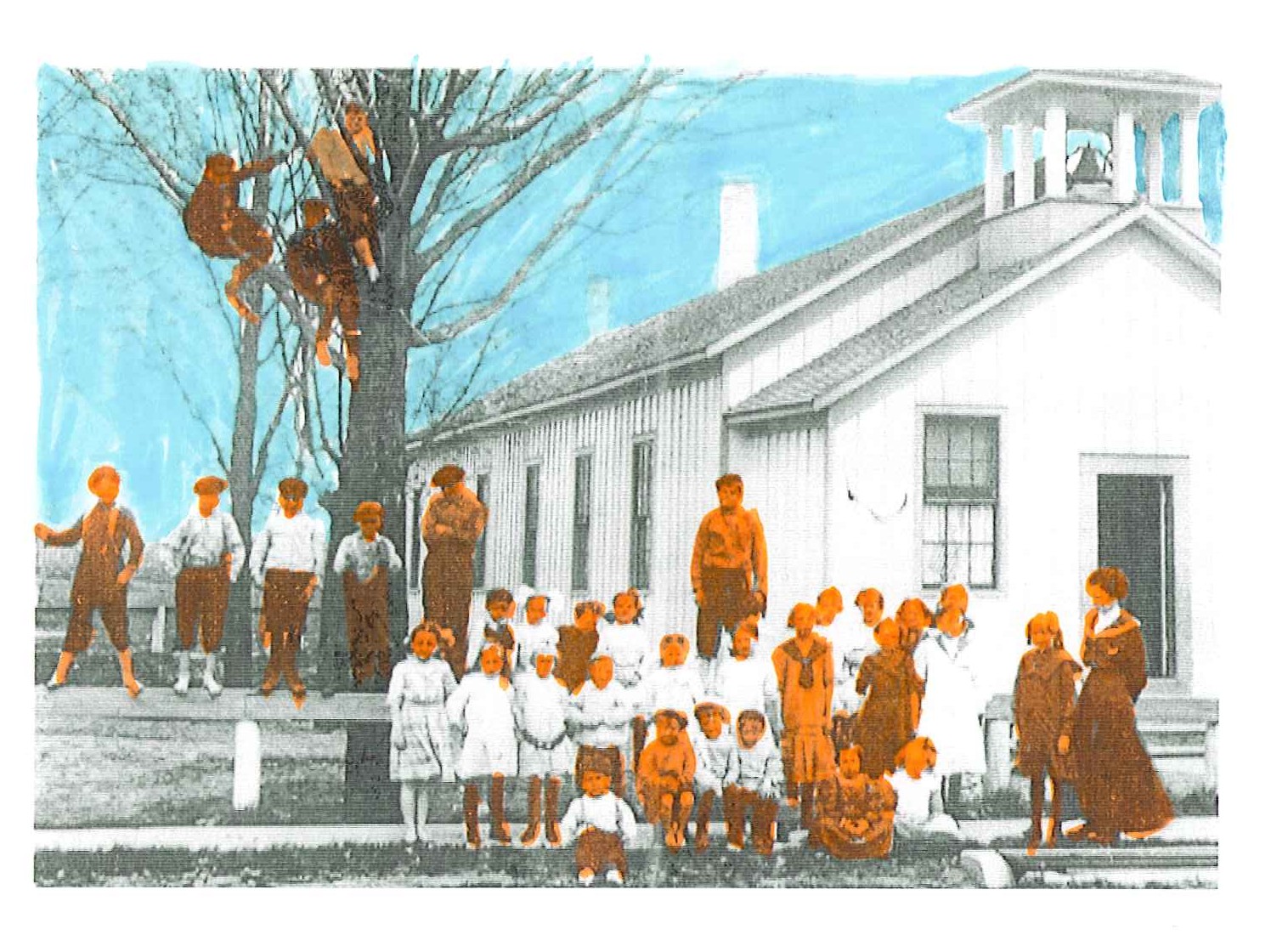The unlikely scenario of angels on the head of a pin, and of their number, how many who could be found dancing there, was once a subject of serious intellectual debate. It’s safe to say that this is no longer a mainstream idea. Though no doubt that there are still adherents to this notion. It would seem, however, as the precepts of science become more ingrained in our culture something outlandish like the prospect of meeting your mirror image in the park for lunch has become increasingly plausible.
Though the Sumerian civilization was not discovered until the nineteenth-century; When their tablets were deciphered, linguists and historians were amazed at what was contained within. Evidence suggests that angels of the Old Testament may have been inspired by Sumerian stories of the seven sages. These sages or Abgal, the shape-shifting demigods were the earthly attendants to the God Enki. They were responsible for carrying out the divine commands while this god of wisdom constructed the Earth. This is not a stretch as these cultures certainly overlapped, and as the story goes, Abraham was born in the city of Ur.

The foundations upon which objective reality is defined are man-made constructs. Making sense out of reality, we take cues from the secrets of nature, as we understand them. Today, within the actions of the very small, to the very large, mysteries are unfolding before us. It is from these that the constructs of our mythologies are created and recreated.

The One room school house
The Indoctrination of a culture’s mythology is deeply embedded into the impressionable minds of its members during childhood. With time, these constructs evolve into the unassailable facts of adulthood. Even as contradictory evidence emerges, this cultural latency is resistant to change and it is slow to occur. To make matters worse, the rate at which information is being processed, and the pace of change to technology and the environment is so rapid it is often difficult for one to keep up.

The reason I bring all this up, you ask? The other day, I did something I generally avoid doing. It was hot out, and I found myself watching television during the day. If this wasn’t odd enough, when I turned the television on, the channel was set to an old black and white program from the nineteen sixties. It was one I was familiar with, so I continued watching. While watching the program, I began associating the imagery seen there on the screen, with the memories of my childhood. For a moment I was filled with a brief melancholic nostalgia. The intervening years had slipped so easily, and in that time much had gone missing. Not all of which were identifiable or even tangible.
I had determined that this stirring of emotion had been due to the realization that the world represented both within this imagery, and within memory, no longer existing. For most of what had been the basis for that world, long ago had fallen away into irretrievable decay.
After another moment, the emotions relented as I realized that, from a modern perspective, the foundations of that world had never truly existed. For the assumptions that that world was built upon were fabrications, illusion, mythologies of a bygone era. All that is left of that world are the place names, shells of buildings, and those now fossilized memories. By extension then, those illusions we are currently living under today, are almost certainly invisible to us.
As the old world fades into oblivion, the story will transform into a new one. Is it possible then to create a new sustainable mythology, one with the tools capable of explaining our true place in an evolving universe?
